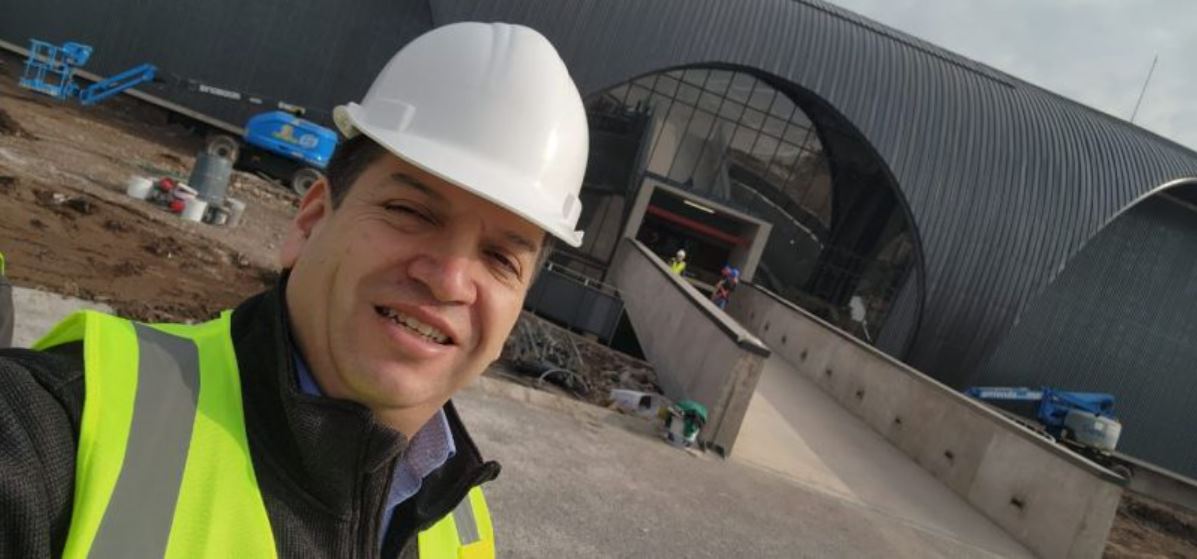 Chile is about to open the door to a new era in space technology. The nation’s first National Space Center, set to open in December, is already 85% complete and promises a fresh move into satellite manufacturing and cutting-edge research.
Chile is about to open the door to a new era in space technology. The nation’s first National Space Center, set to open in December, is already 85% complete and promises a fresh move into satellite manufacturing and cutting-edge research.
This new centre, managed by the Chilean Air Force in close partnership with the ministries of Defence and Science, Technology, Knowledge and Innovation, forms a key part of Chile’s National Satellite System. Its creation is designed to boost the country’s scientific independence and give local experts a stronger voice in critical technological developments.
During a recent visit, Defence Minister Adriana Delpiano and Science Minister Aldo Valle shared their enthusiasm for the project. They pointed out that the centre isn’t just about building satellites but about weaving together research, defence, and innovation to build a stronger, more self-reliant Chile.
The facility spans over 62,000 square feet and houses a 6,450-square-foot clean room, all built to strict environmental standards. Here, engineers are set to build seven 50‐pound microsatellites along with a 440‐pound Earth observation satellite – all crafted by skilled Chilean hands.
In addition, the centre will feature a data science lab with advanced computing and AI capabilities, a mission control room for autonomous satellite operations, and an innovation lab to foster collaboration between startups and universities. This blend of cutting-edge tech and practical training is designed for real-world impact.
An 8,600-square-foot integration room will allow up to eight devices to be handled at once, while a team of about 120 professionals – with 30% coming from academic circles – ensures a thoughtful and robust approach to operations.
Particularly noteworthy is the centre’s openness to the academic community. As CEN Director Col. Héctor Contreras explained, the facility will act as a hub for universities and research institutions to share expertise and drive national development.
A standout feature of the centre is STELARBOT, a robot developed by the University of Santiago in collaboration with the Teletón Institute and the Chilean Air Force. STELARBOT, which is controllable via an AI-powered interface by people with disabilities, is geared to guide tours and break down complex technological concepts in accessible terms.
Looking ahead, there are plans to establish more satellite centres in northern Chile and Punta Arenas. These future projects aim to enhance communications in remote regions and support radar satellite technology that can withstand harsh weather conditions.
In many ways, this initiative marks a turning point for Chile’s role in Latin America’s space arena. By bridging science, defence, and the economy, the centre is set to stimulate new opportunities across diverse fields including mining, agriculture, environmental monitoring, and national security.








